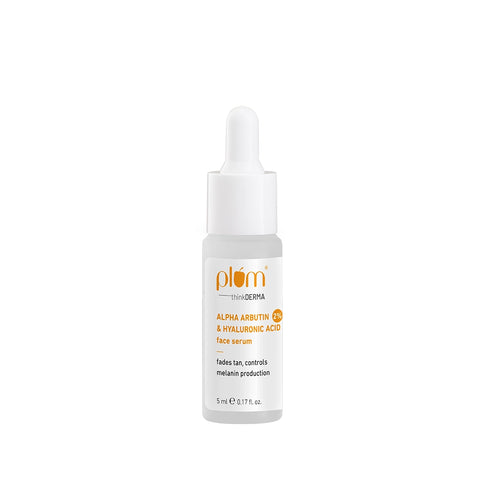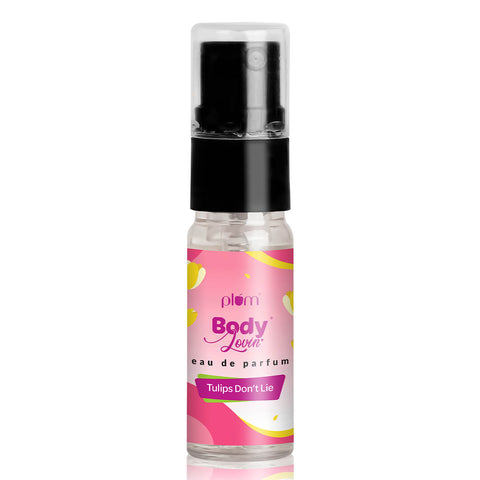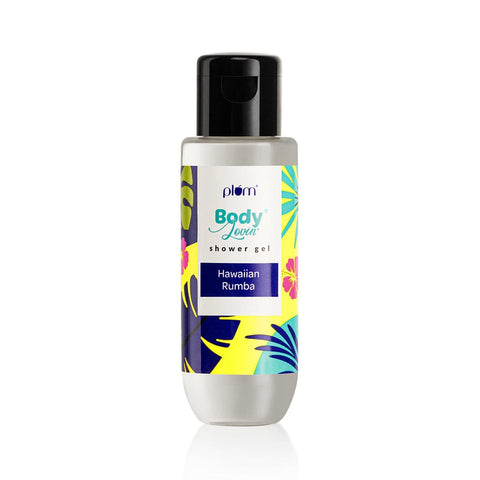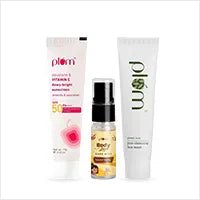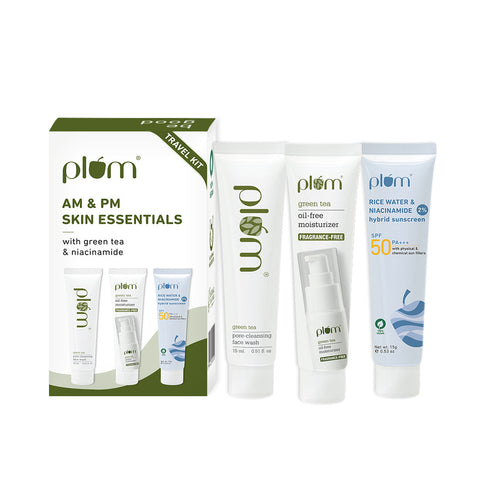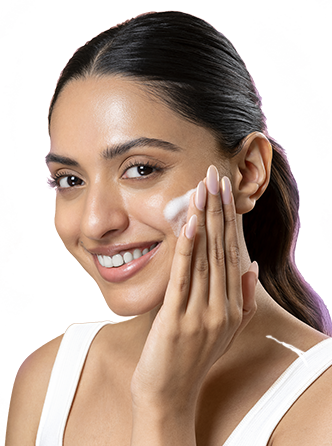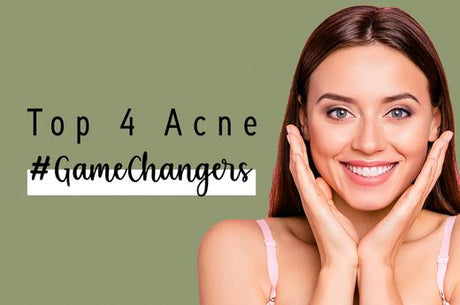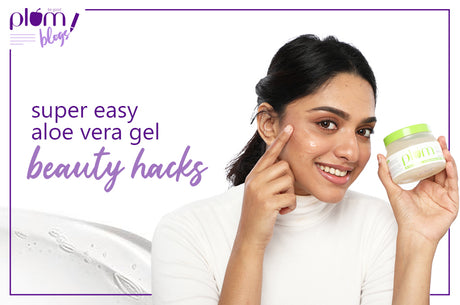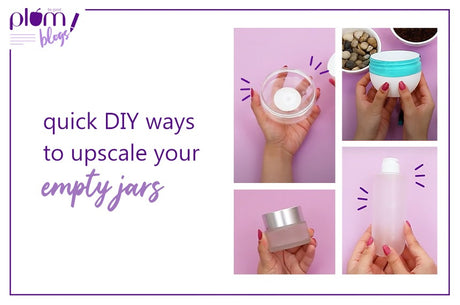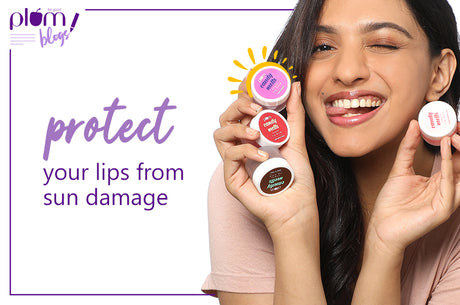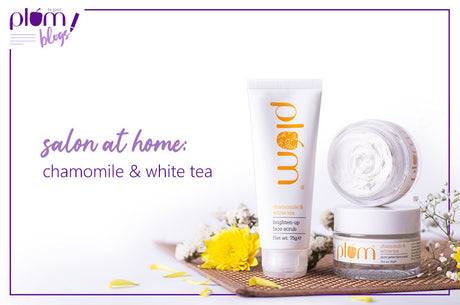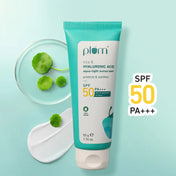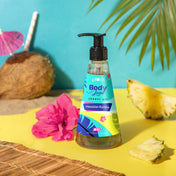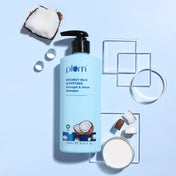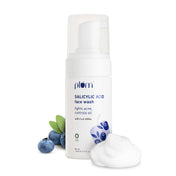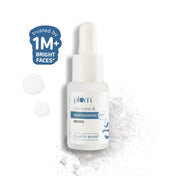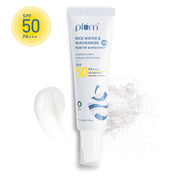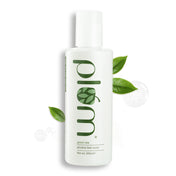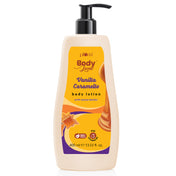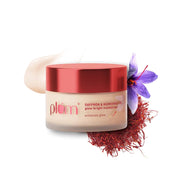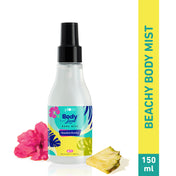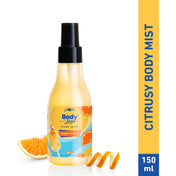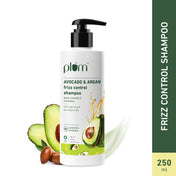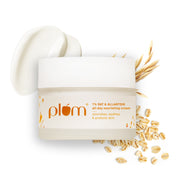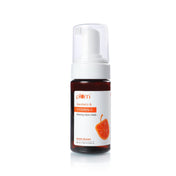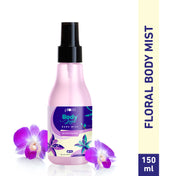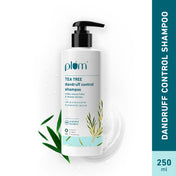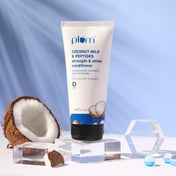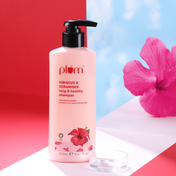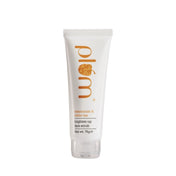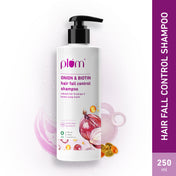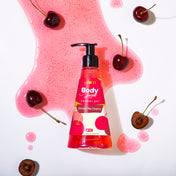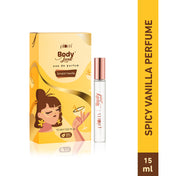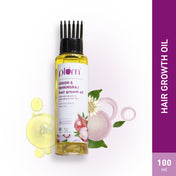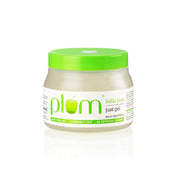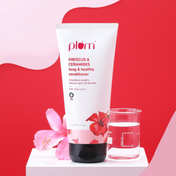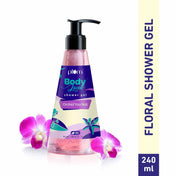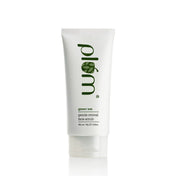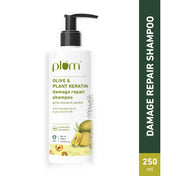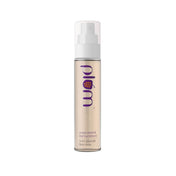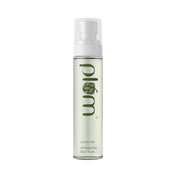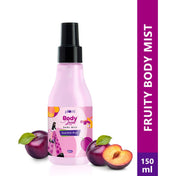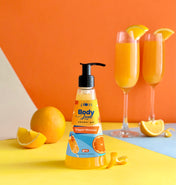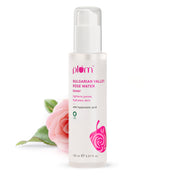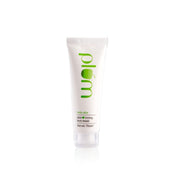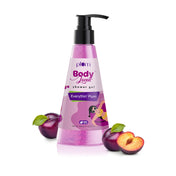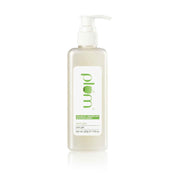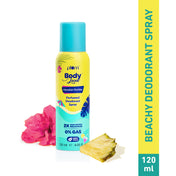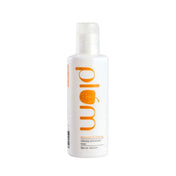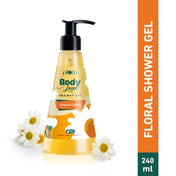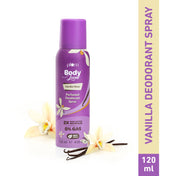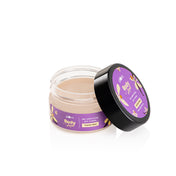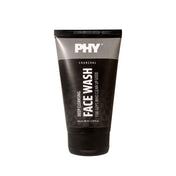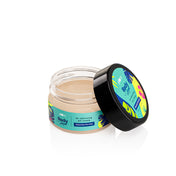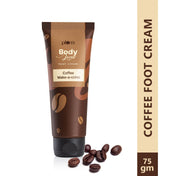
You deserve a sunscreen that rocks. One that is perfect for you. Here's how to find it.....!
Am I using the right sunscreen for my skin type? Is it offering full range protection? Should I change to one that is less patchy? The process of choosing a sunscreen (or changing your current one) may be a long and confusing one. But we boil it down to 5 solid tips that will ensure you pick your sunscreen like a pro-every time!
1. Sun Protection
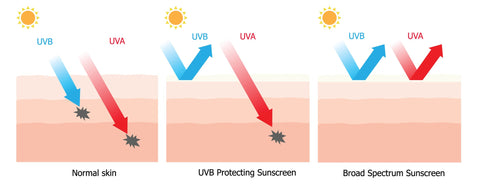
We’ve covered this in detail in our previous blog posts so do check those out! For now, here's a super quick recap:
- The foremost indicators of an effective sunscreen are its PA and SPF counts.
- The PA of a sunscreen indicates the extent to which it offers protection against the harmful UVA rays of the sun (that can cause skin cancer, premature ageing, etc.),
- SPF count indicates the protection offered against the UVB rays (responsible for sunburn, tanning, etc.).
- A ‘broad spectrum sunscreen’ has both SPF and PA and protects against both UVA and UVB rays of the sun, as shown in the diagram above.
2. Consistency and Finish

This is the next most important criterion when it comes to choosing the right sunscreen for your skin type. Sunscreens are available in many different forms. Each consistency is meant to suit a different skin type. Here are the different forms in which sunscreens are available:
- Cream-based Sunscreens are often thick in consistency and are a great option for dry skin types. Cream sunscreens set with either a matte finish or leave a dewy glow on your skin. Make sure you apply the sunscreen so that it doesn’t leave a whitish cast on your face once you’ve applied it. Creams are rich and nourishing.
- Sunscreen Lotions are lighter in texture as compared with cream-based sunscreens. Lotions can be light-weight, non-greasy, and easy to absorb for people with dry skin types.
- Gel-based Sunscreens are typically very lightweight in texture and set to a cooling, matte finish. This is the best option for oily skin types. Gel-based sunscreens also work especially well under makeup. Because gel sunscreens are often clear, they will not leave a whitish cast or any tint on the skin.
- Powder Sunscreens are steadily gaining popularity for how easy and convenient they are to use. You can apply a powder sunscreen over your makeup very easily. It’s also very convenient to carry your powder sunscreen around with you and to reapply it as often as needed.
- Spray-based Sunscreens are quick and easy to use and make for a great choice for when you’re in a rush and need to apply sunscreen all over your body.
3. Coverage and Pigmentation
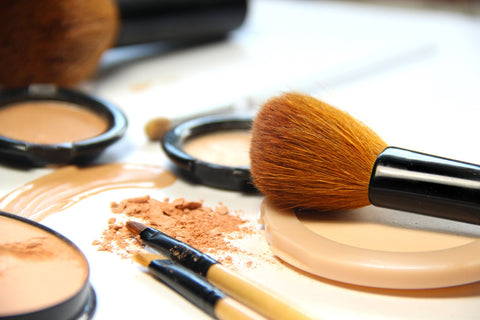
There are many all-in-one products in the market today, that give great coverage, pigmentation and sun protection.
Some of these products are:
- moisturizers with SPF
- tinted sunscreens
- makeup (foundations, tinted moisturizers, BB/CC creams) with SPF
If you are tempted to go ahead with these products (who wouldn’t be?!), keep these points in mind:
- These products are great in terms of coverage, application and pigmentation, almost like makeup.
- For sun protection, make sure you pick one that contains pigment that matches your skin tone.
- Make sure it offers total UV protection (both SPF and PA/PPD).
- If they don’t offer full UV protection, they may not be sufficient for your sun protection needs.
4. Physical vs. Chemical Sunscreens
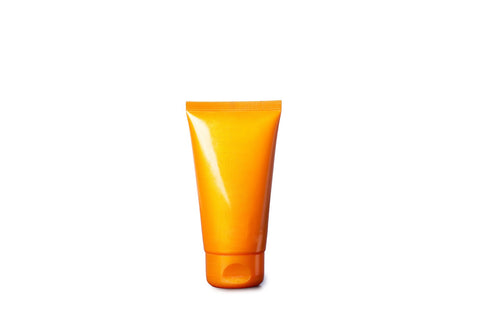
Physical Sunscreens
- These are likely to contain compounds such as zinc oxide or titanium dioxide
- These compounds work largely on the surface of the skin to reflect the harmful rays of the sun and to prevent them from damaging the skin.
- They can sometimes cause white cast and heaviness, which is less likely with to happen in chemical sunscreens.
Chemical Sunscreens
- These contain chemical compounds such as avobenzone or oxybenzone,
- These compounds have more of a penetrating effect on the skin, so as to absorb the harmful rays of the sun that reach the skin.
- Most chemical sunscreens add a bit of physical sunscreen compounds like titanium dioxide to give even better coverage and a neater look.
While chemical sunscreens seem to be more effective, you may want to opt for a physical sunscreen if you have sensitive skin.
5. Lifestyle Patterns
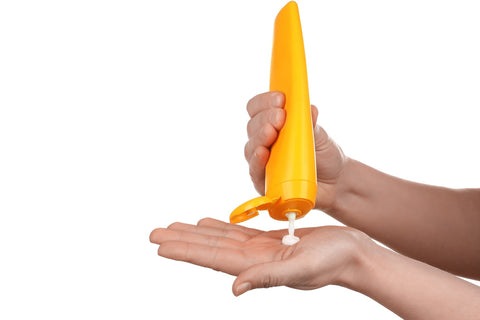
Your lifestyle is the final deciding factor for the type of sunscreen you should use.
- If you are outdoors/exposed to direct sunlight for a large part of the day, use a sunscreen with full UV protection with both SPF and PA. Be diligent about timely reapplication as well.
- If you are not exposed to direct sunlight for most part of the day, you could get by with a physical sunscreen or even with a moisturizer that contains SPF.
Do reach us on hello@plumgoodness.com, Facebook or Instagram (@plumgoodness) with any queries you may have. Have a great summer!
Related Posts:
SPF, PA and More: Sunscreens Explained in Simple Terms
UV radiation from computers & other sources - should you worry?
Antioxidants: must-have goodies
Sun protection: Top 6 myths busted
SPF: Sunscreen or Sun Block?
Sun protection: Top 6 myths busted
Why does my face sweat after applying sunscreen? And 5 other sunscreen queries answered!
5 cool, practical summer skin care tips
Related Products:
NEW: Plum Chamomile and White Tea Ban The Tan ComboNEW: Plum Chamomile and White Tea Tan Busters Combo
Chamomile and White Tea Suncare 3-in-1 Bundle
Hello Aloe Ultra Lite Day Lotion SPF 20
Hello Aloe Sun Protection Bundle
NEW: Plum Chamomile and White Tea Glow-Getter Face Mask
NEW: Plum Chamomile and White Tea Brighten-Up Face Scrub
